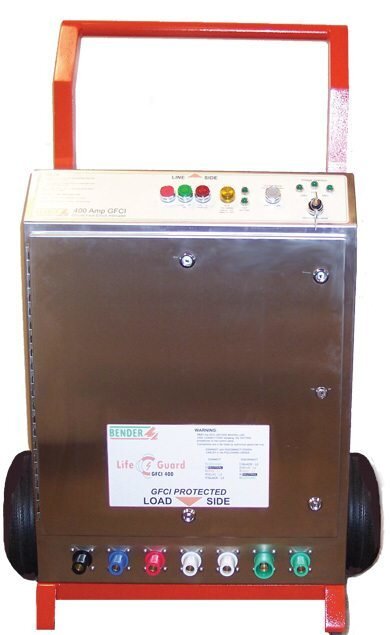Last night I was setting up a show at a very nice hotel in downtown Charlotte, and was using 12 movers. I had requested a 60amp
power drop to make sure I had enough
power. They provided me with a single
phase, 60amp
line that had three
edison receptacles on it. The problem with this is that there is no real protection from a
circuit breaker, as there were no individual
circuit breakers for each. It would not trip unless the entire
circuit hit 60 amps. The cost for this was $150.
Also, a little off topic, but somewhat related. We were hired to create mood and excitement to the cocktail reception in the pre/post function area. The other lighting company that was there did the main event
stage lighting (corporate event). They had a bunch of
truss rigged, as well as pipes on the
airwall hangers. I was talking to their production director and he said that they were charged a rigging charge to be allowed to hang points. They were charged $50 per
point (to rig it themselves - $250 to have the
house staff rig it) and $500
flat fee for hanging on the
airwall tracks. So, to push the ceiling tile up, and to wrap a
spanset or cable around the building steel, it was $50. With the spandex structures, confetti cannons, and other things hanging, there were more than 20 points.




